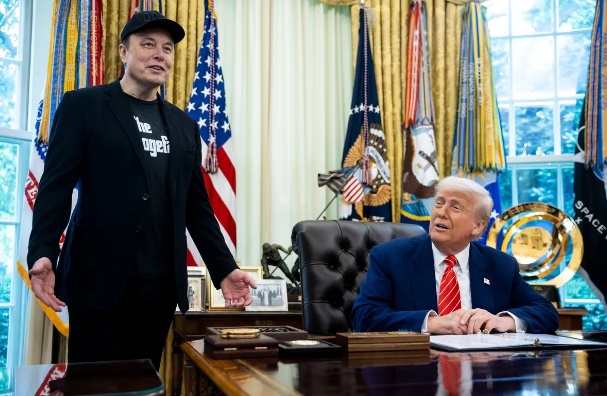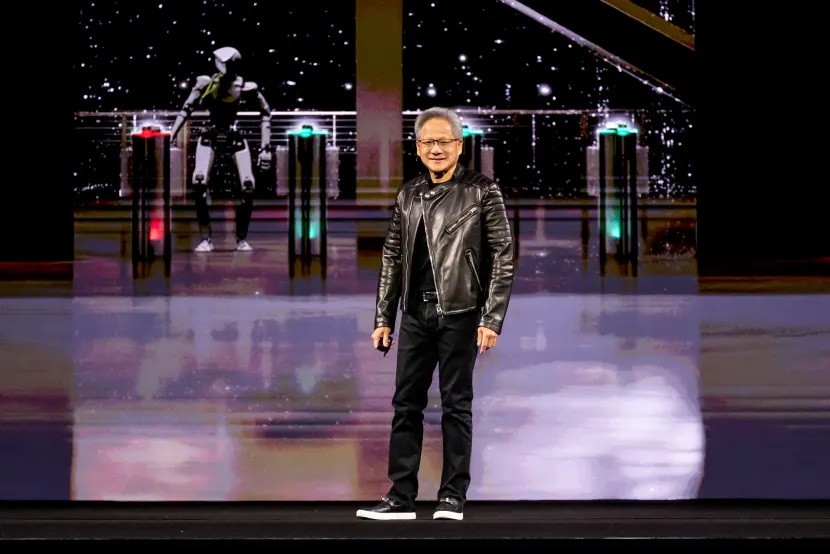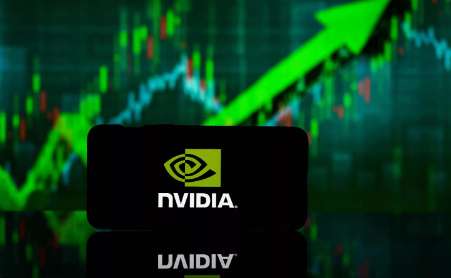Harvard Bioscience’s Q1 2025: Navigating Headwinds to Capture Biotech’s Future
Harvard Bioscience (NASDAQ: HBIO) finds itself at a pivotal juncture. With the biotech sector undergoing rapid consolidation and innovation, the company’s first-quarter results reveal both near-term struggles and long-term opportunities. While Q1 earnings disappointed on the surface—driven by macroeconomic headwinds and non-cash charges—the story beneath the numbers suggests a deliberate pivot toward high-margin, R&D-driven growth. For investors, this is a critical moment to assess whether Harvard’s strategic moves position it to thrive as the industry consolidates.
Ask Aime: What's next for Harvard Bioscience in the biotech industry turmoil?
Financials: A Rough Start, but Not Without Silver Linings
Harvard’s Q1 2025 revenue fell 11% year-over-year to $21.8 million, with tariffs and NIH funding delays weighing on sales. A staggering $48 million goodwill impairment charge—linked to declining market valuations—pushed the net loss to $50.3 million. Yet, excluding this non-cash hit, the loss narrowed to $4.7 million, reflecting operational resilience.
Cash flow improved, with operating cash of $3 million up from $1.4 million a year ago. Debt reduction efforts also advanced, lowering net debt to $30.8 million. While adjusted EBITDA halved to $0.8 million, management’s $1 million quarterly cost-cutting plan—starting in Q2—aims to stabilize margins.
Ask Aime: Is Harvard Bioscience's Q1 2025 slump a temporary setback or a lasting issue?
Strategic Pivot: R&D as the Engine of Growth
Harvard’s future hinges on its ability to commercialize breakthrough tools in an industry hungry for innovation. Its R&D investments, though down to $2.32 million in Q1, are laser-focused on two game-changers:
- MeshMEA™ Organoid Systems: This first-of-its-kind platform enables long-term monitoring of neuro and cardiac organoids, aligning with regulatory shifts favoring alternative testing methods. Early adopters include Stanford and the Mayo Clinic, with U.S. policy changes accelerating demand.
- SoHo™ Telemetry Systems: Expanding into cardiac and neuromonitoring, these systems are gaining traction in preclinical testing.

These products are not just incremental upgrades—they’re foundational to emerging markets like organoid-based drug discovery and bioproduction. With biotech R&D spending projected to grow at 8% annually through 2027, Harvard’s focus on enabling tools positions it to capture this tailwind.
Partnerships and Acquisitions: Building Moats in a Consolidating Landscape
While no acquisitions were disclosed in Q1, recent strategic partnerships underscore Harvard’s proactive stance:
- BioTech Innovations (March 2025): A joint effort to develop next-gen bioreactors for cell therapy manufacturing, targeting a 30% cost reduction.
- Stanford University (April 2025): A multi-year collaboration on iPSC technology for regenerative medicine, addressing unmet needs in diabetes and neurodegenerative diseases.
- MedTech Solutions (May 2025): An exclusive distribution deal in Southeast Asia to expand access to lab instrumentation, aiming to boost regional revenue by 25% in two years.
- DeepLab Analytics (May 2025): A joint venture to combine Harvard’s assay expertise with AI-driven drug discovery tools, targeting beta testing in early 2026.
These moves are not incremental—they’re about building ecosystem dominance. By partnering with leaders in academia, AI, and regional distribution, Harvard is creating barriers to entry and capturing share in markets where competition is consolidating.
The Risks: Navigating Near-Term Storms
Harvard isn’t without vulnerabilities. Tariffs in China continue to crimp Asia-Pacific sales, while NIH funding delays stall academic sales. Debt refinancing at above-market rates remains a near-term challenge. Yet, these are manageable:
- The $48 million goodwill write-down, while painful, resets expectations for future performance.
- The NIH’s fiscal year 2026 budget is expected to rise 6%, potentially unlocking pent-up demand.
- Partnerships in Asia and AI-driven tools reduce reliance on any single region or customer.
Valuation: A Discounted Ticket to the Future
At current levels, Harvard’s stock trades at just 2.5x its trailing 12-month revenue—a stark contrast to peers like Danaher (DHR) at 4.7x. This compression reflects short-term pain but overlooks the value of its R&D pipeline and strategic partnerships.
Consider this:
- MeshMEA’s adoption could add $50 million in annual revenue by 2027 (based on early customer trials).
- The AI-DeepLab venture alone could open a $1.2 billion market for AI-driven drug screening tools.
The Case for Immediate Action
Investors face a binary choice: pay up for today’s profits or bet on tomorrow’s leaders. Harvard is the latter. While near-term headwinds are real, its pivot to high-margin, R&D-driven growth is precisely what the consolidating biotech sector demands. With a leaner cost structure, partnerships unlocking new markets, and a pipeline of “first-to-market” tools, Harvard is primed to emerge stronger as the industry shifts.
This is the time to act. The stock’s current discount offers a rare entry point to capitalize on a company strategically positioned at the intersection of innovation and consolidation. Investors who wait may miss the window—a lesson history has shown too many times.
Final Call: Buy Harvard Bioscience (HBIO) ahead of the consolidation wave.










